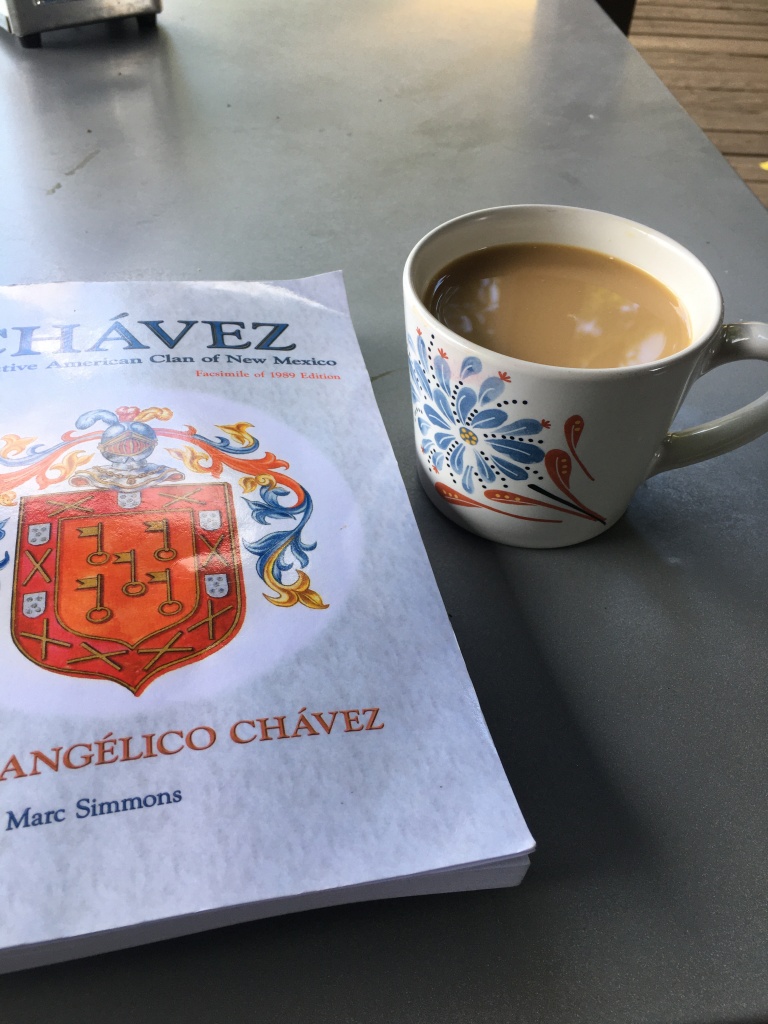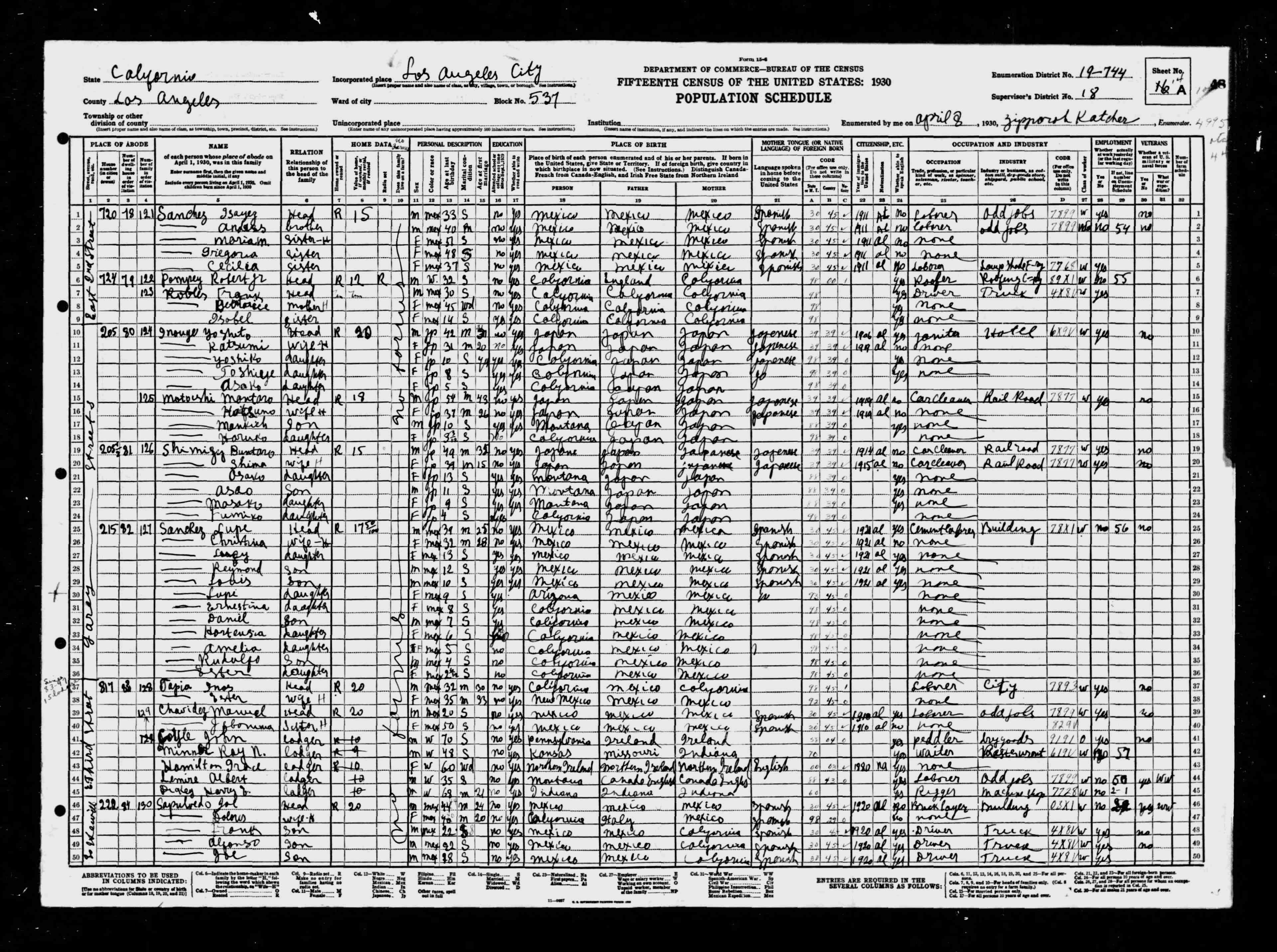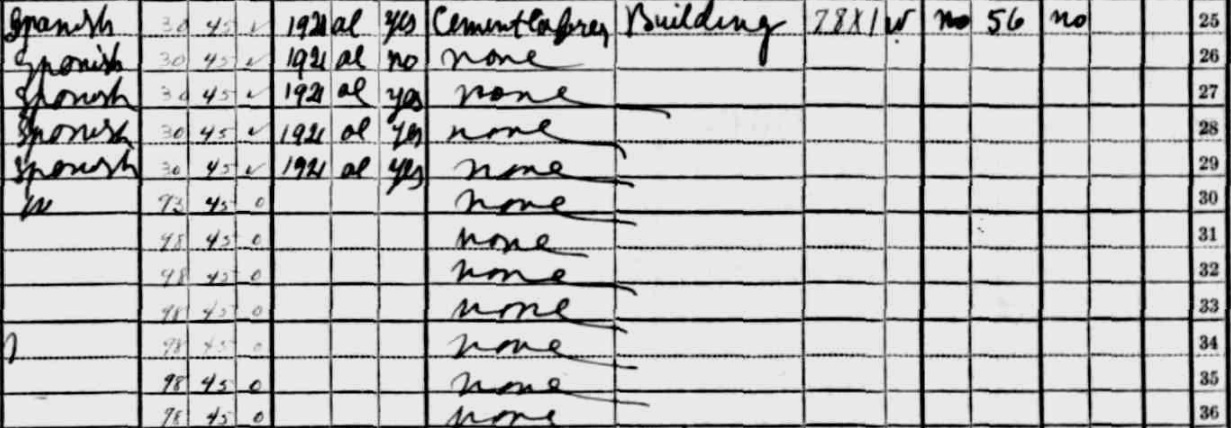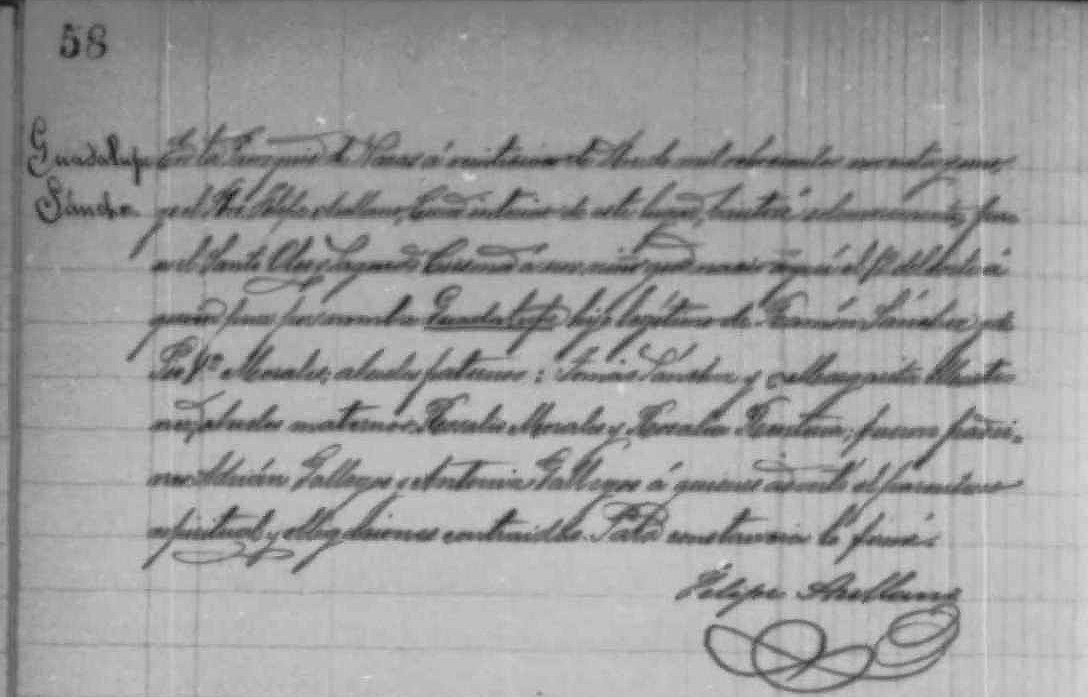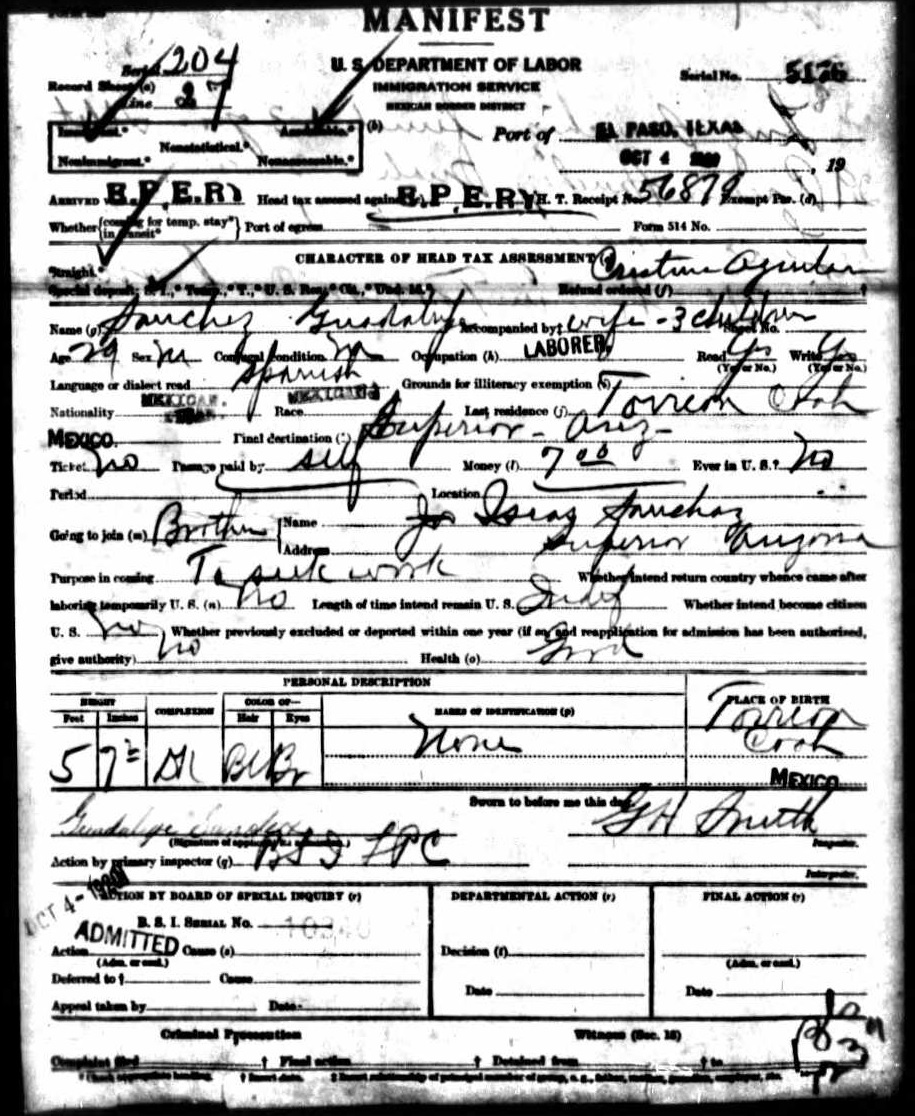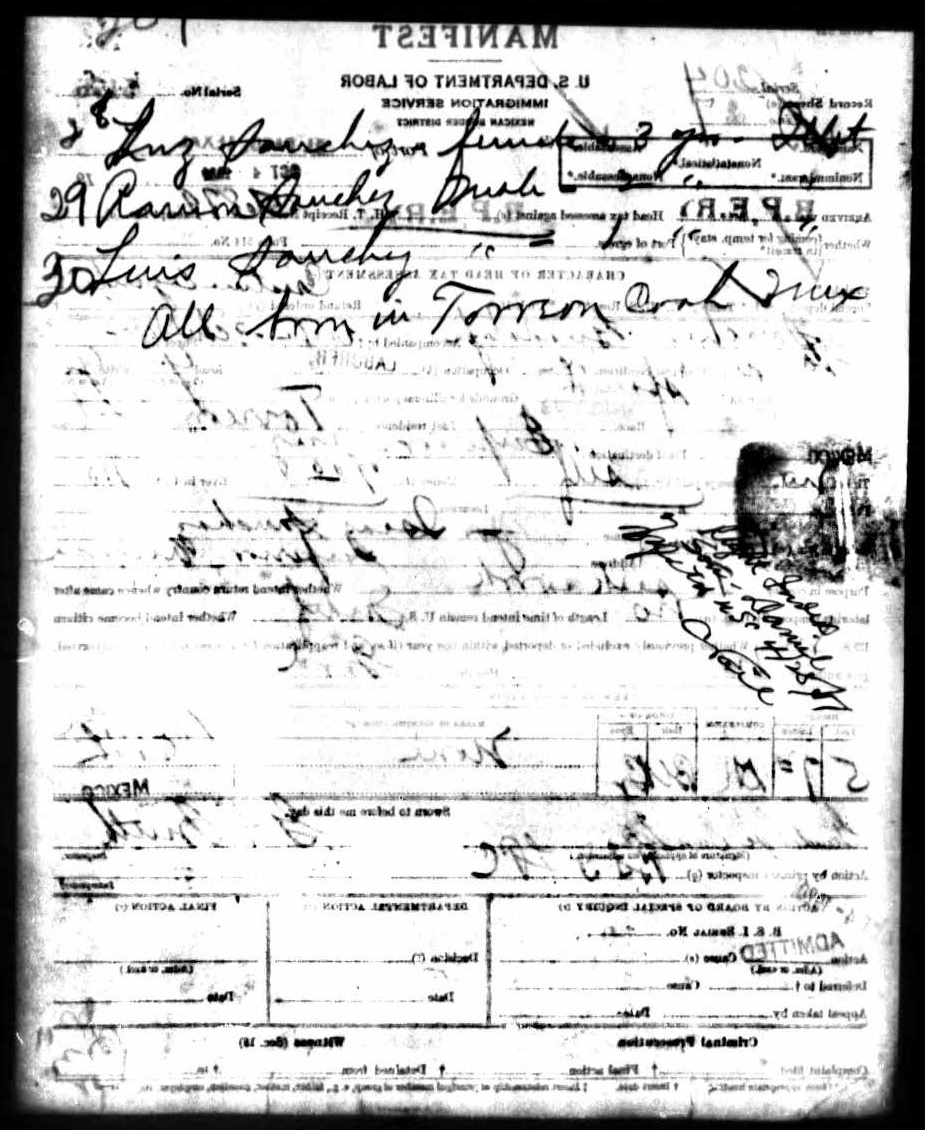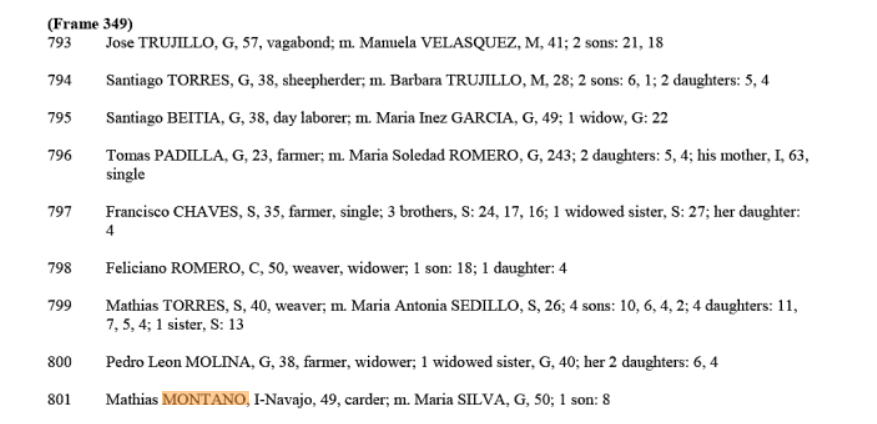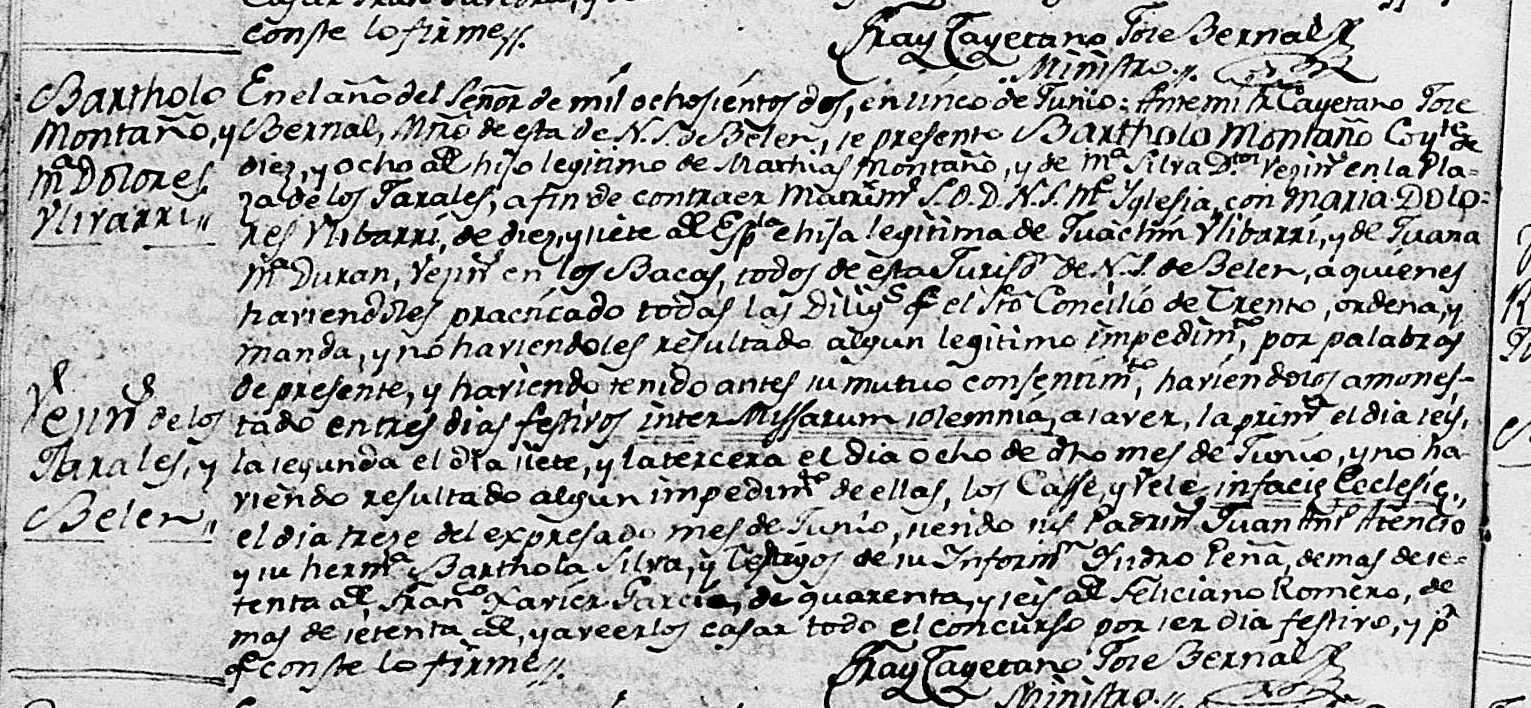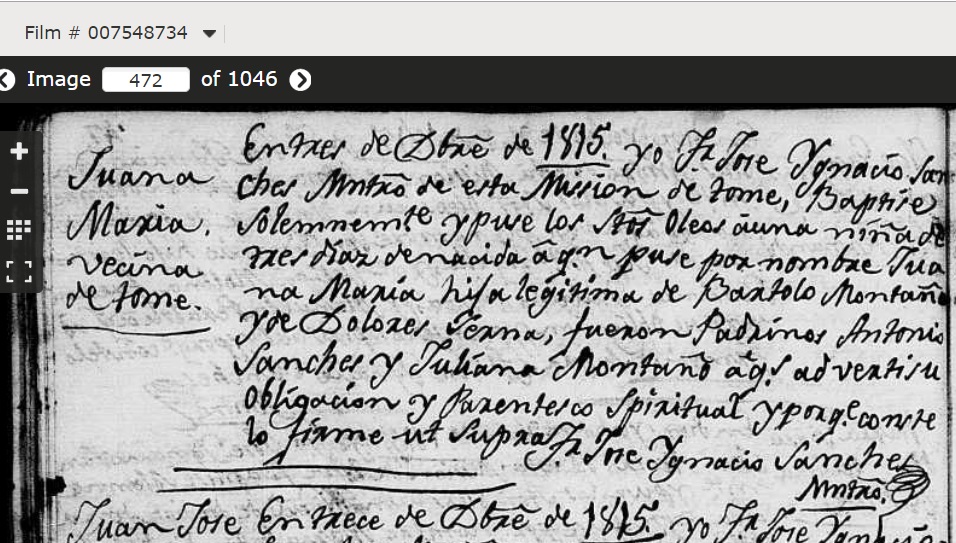If you’re into family history, you may or may not be aware of the fun weekly themed blog challenge that was started by Amy Johnson Crow awhile back, 52 Ancestors in 52 Weeks. Each week, bloggers are invited to write about an ancestor using various prompts. Over the years I’ve contemplated joining, but for one reason or another, never have. I decided to do it this year, but have been a bit busy with my kids, work, life, etc. I’m just a tad more than fashionably late to the party for 2022, but this month’s prompts look fun, so I’m going to hop in. This week’s theme is “Social”.
The first thing that came to mind, when I read the theme “Social”, were the sociales in the Spanish language newspapers from Mexico. Sociales were the equivalent of the social sections with various announcements including weddings, christenings, visiting family members to town, social events, etc. Awhile back, my Fernandez side of the family had a family group on social media where we shared photos and memories. One of my mom’s cousins had found a bunch of old family photos that belonged to his mother, and among them, was one that was a newspaper clipping.

The photo is captioned “Familia Fernandez en 1929”. Fernandez Family in 1929.
“Familia formada por el senor Luis Fernandez y la senora Ermila Fernandez de Fernandez, a quienes vemos en esta foto de 1929 con sus hijo: Jose Luis, Angel y Ana Maria.”
“Family formed by Mr. Luis Fernandez and Mrs. Ermila Fernandez de Fernandez, whom we see in this 1929 photo with their children: Jose Luis, Angel and Ana Maria.”
Luis and Hermila were my great grandparents, and Jose Luis was my grandfather who is the oldest little boy in the photo, seated in the middle. Our family group was intrigued as to why our family was in a newspaper.
Driven by curiosity, I decided to make an inquiry in the Mexican Genealogy group on Facebook for help in locating the source of the newspaper clipping photo and someone found it. This gentleman also had family from Torreon in Mexico, where my family had lived prior to moving to the US, and he CALLED HIS COUSIN WHO LIVES THERE! His cousin had a subscription to a newspaper called El Siglo which allowed him to access digitized archives of the newspaper. This happened many years ago already, but I remember just being floored that someone was willing to pick up the phone for an international phone call to help a stranger. Even the other members of the Mexican Genealogy group were excited for me. It was kind of funny, but also very indicative of the goodwill and generous nature of family history enthusiasts.
Here is a screenshot the kind researcher had sent me of the original page. It is from El Siglo de Torreon, March 30, 1975, Page 19. It appears to be part of a collection of old photos of Torreon from the 1920’s.
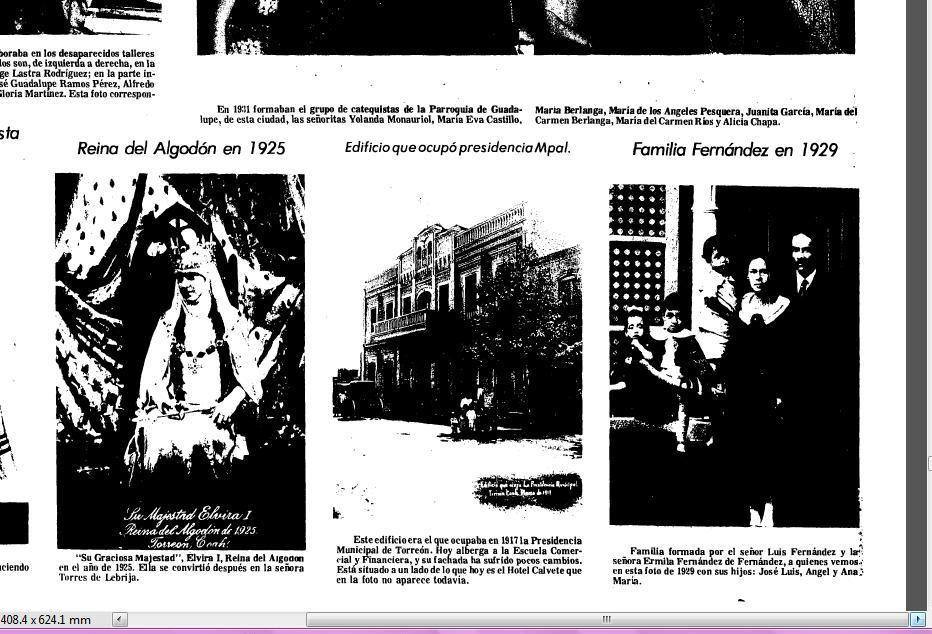
Of course, at that point I couldn’t just stop there, I had to know more. I was able to obtain a link to search the archives myself, and was able to locate the original newspaper in its entirety. Ecstatic, I posted in my family group:
“Newspaper Familia Fernandez mystery update:
I obtained a link to the full newspaper issue featuring the photo of our family! I went page by page through the whole thing and oddly enough there is no explanation for why the historic photos were printed in the 1975 edition of the paper. There are other social photos and announcements as there would be in any local paper but they are from that year. Very strange. I am wondering if the publishers/printers just needed to fill space and selected previously published photos. So my next task is to search the whole archive to see if maybe our family turns up in other issues of El Siglo. Here is a link to the pdf of the paper. It’s on page 19.”
I did an archive search, and there were other mentions of members of the Fernandez family, but no explanation ever materialized as to why the 1929 picture appeared in the 1975 edition of El Siglo. Luis and Hermila had long passed, and three of their five children had moved to the United States many years before. It’s possible one of two children who stayed and raised a family in Mexico may have submitted the photo, or perhaps the negative was in the newspaper’s media archive, and the editors needed to fill some space, so they decided to add some old photos just for kicks, and my Fernandez familia just happened to be one of them. It remains a mystery.
